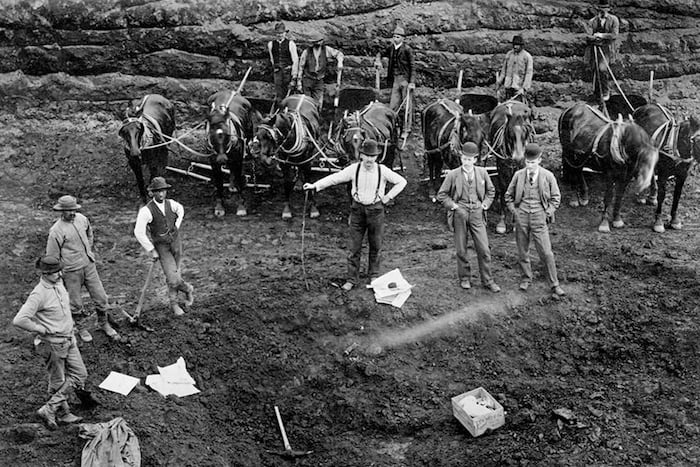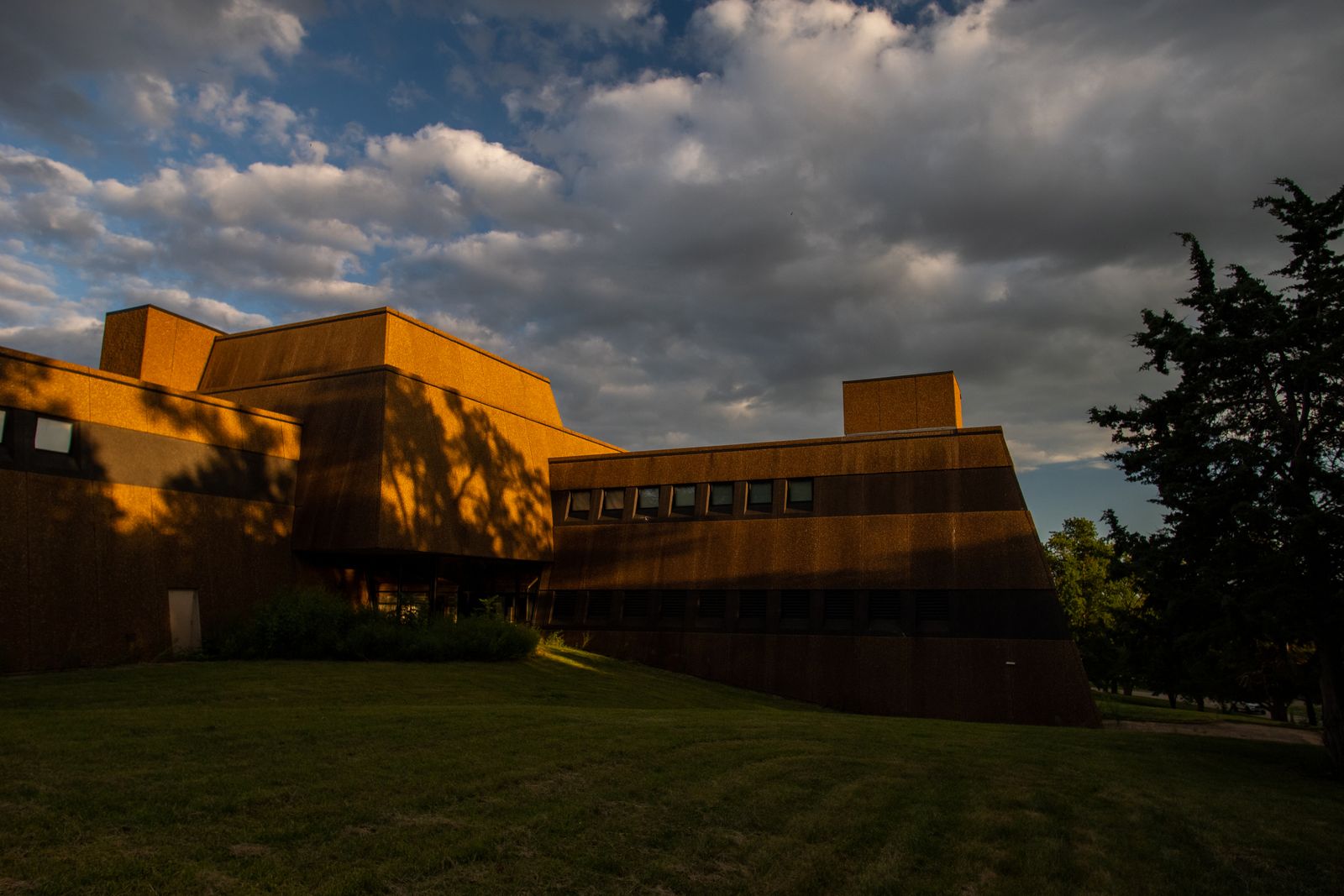Kane County, Utah
Institutions reported making 56% of the remains of 27 Native Americans taken from Kane County, Utah available for return to tribes under NAGPRA.
There are six institutions that reported Native American remains taken from Kane County, Utah.
| Institution | Remains Not Made Available for Return | Remains Made Available for Return | % of Remains Made Available for Return |
|---|---|---|---|
| Natural History Museum of Utah | 5 | 0 | 0% |
| U.S. Department of the Interior | 2 | 13 | 87% |
| New York University, College of Dentistry | 2 | 0 | 0% |
| Southern Utah University Archeological Repository | 2 | 0 | 0% |
| University of Wyoming | 1 | 0 | 0% |
| Brigham Young University, Museum of Peoples and Cultures | 0 | 2 | 100% |
Institutions made Native American remains taken from Kane County, Utah available for return to 32 tribes.
| Tribe | Remains Made Available for Return to Tribe |
|---|---|
| Hopi Tribe of Arizona | 15 |
| Kaibab Band of Paiute Indians of the Kaibab Indian Reservation, Arizona | 6 |
| Zuni Tribe of the Zuni Reservation, New Mexico | 5 |
| Big Pine Paiute Tribe of the Owens Valley | 4 |
| Bishop Paiute Tribe | 4 |
| Bridgeport Indian Colony | 4 |
| Burns Paiute Tribe | 4 |
| Fort Independence Indian Community of Paiute Indians of the Fort Independence Reservation, California | 4 |
| Fort McDermitt Paiute and Shoshone Tribes of the Fort McDermitt Indian Reservation, Nevada and Oregon | 4 |
| Las Vegas Tribe of Paiute Indians of the Las Vegas Indian Colony, Nevada | 4 |
| Lone Pine Paiute-Shoshone Tribe | 4 |
| Lovelock Paiute Tribe of the Lovelock Indian Colony, Nevada | 4 |
| Moapa Band of Paiute Indians of the Moapa River Indian Reservation, Nevada | 4 |
| Navajo Nation, Arizona, New Mexico and Utah | 4 |
| Paiute Indian Tribe of Utah | 4 |
| Paiute-Shoshone Tribe of the Fallon Reservation and Colony, Nevada | 4 |
| Pyramid Lake Paiute Tribe of the Pyramid Lake Reservation, Nevada | 4 |
| San Juan Southern Paiute Tribe of Arizona | 4 |
| Shoshone-Paiute Tribes of the Duck Valley Reservation, Nevada | 4 |
| Summit Lake Paiute Tribe of Nevada | 4 |
| Ute Indian Tribe of the Uintah and Ouray Reservation, Utah | 4 |
| Utu Utu Gwaitu Paiute Tribe of the Benton Paiute Reservation, California | 4 |
| Walker River Paiute Tribe of the Walker River Reservation, Nevada | 4 |
| Yerington Paiute Tribe of the Yerington Colony and Campbell Ranch, Nevada | 4 |
| Pueblo of Acoma, New Mexico | 2 |
| Pueblo of Laguna, New Mexico | 2 |
| Pueblo of Pojoaque, New Mexico | 2 |
| Pueblo of San Felipe, New Mexico | 2 |
| Pueblo of San Ildefonso, New Mexico | 2 |
| Pueblo of Sandia, New Mexico | 2 |
| Pueblo of Santa Clara, New Mexico | 2 |
| Santo Domingo Pueblo | 2 |
Know how an institution is handling repatriation? Have a personal story to share? We'd like to hear from you.
Watch an informational webinar with our reporters.
This tool presents a dataset maintained by the National Park Service containing all the Native American human remains and associated funerary objects that institutions have reported to the federal government under the Native American Graves Protection and Repatriation Act. The dataset includes information about the state and county where remains and objects were taken from, which institutions hold them and whether they have been made available for return to tribes.
The data is self-reported by institutions. The amount of unrepatriated Native American remains reported by institutions is a minimum estimate of individuals and institutions frequently adjust these numbers when they reinventory groups of remains. Some institutions that are subject to NAGPRA have also entirely failed to report the remains in their possession. As a result, the numbers provided are best taken as estimates. The actual number and geographic scope of what’s held by publicly funded institutions is larger than what is presently documented.
ProPublica supplemented this dataset with information about cultural affiliation and disposition to specific tribes by systematically parsing the text of Notices of Inventory Completion published in the Federal Register. An additional dataset from the Department of Housing and Urban Development, the Tribal Directory Assessment Tool, was used for the section on remains not made available for return from counties that each tribe has indicated interest in to the federal government.
Institution location and tribal headquarters location information was provided by National NAGPRA. The location of some groups that are not federally recognized was provided through research by ProPublica.
Institutions that are part of a larger entity are grouped. (For example, the Mesa Verde National Park is part of the U.S. Department of the Interior.)
Institutions that have not submitted information to the federal government are not listed. The Smithsonian Institution is not listed because its repatriation process falls under the National Museum of the American Indian Act and it is not required to publicly report its holdings with the same detail as institutions subject to NAGPRA.
If you work for an institution and would like to provide comment on your institution’s repatriation efforts, please email [email protected]. If you think the data is incorrect or have a data request, please get in touch. We are aware of some issues with the accuracy of location information and tribes mistakenly being identified for disposition of Native American remains in published notices.
If you want to share something else with ProPublica, we’d like to hear from you.
If you have questions about implementing or complying with the Native American Graves Protection and Repatriation Act, get in touch with National NAGPRA or the NAGPRA Community of Practice.
We use the word “tribes” to refer to all groups that institutions made Native American remains available to under NAGPRA. This includes tribes, nations, bands, pueblos, communities, Native Alaskan villages, Native Hawaiian organizations and non-federally recognized groups.
Data sources from Department of the Interior, National Park Service, National NAGPRA Program, the Federal Register, Department of Housing and Development, Tribal Directory Assessment Tool


